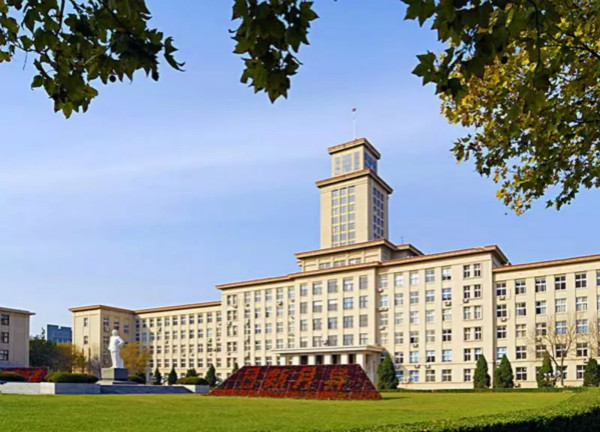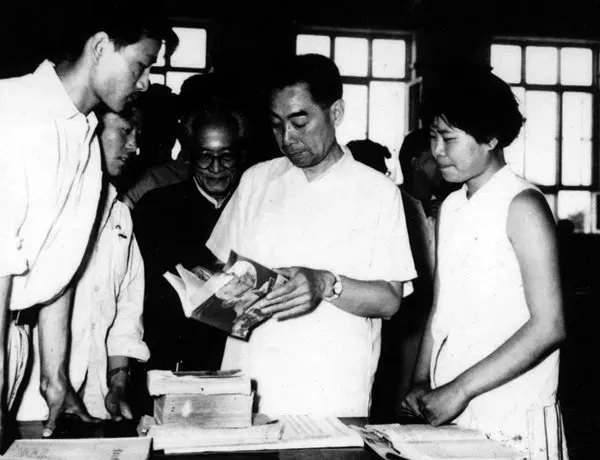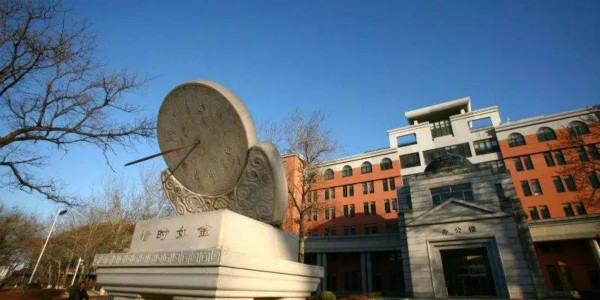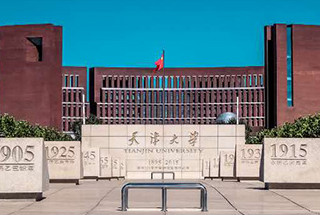Story of Centennial Nankai University

Nankai University [Photo/enorth.com.cn]
The Theme Exhibition for the Centennial History of Nankai University was held by the university, presenting the pioneering efforts of the school in concordance with the destiny of the country.
Founded during the May 4th Movement in 1919 by the patriotic educators Zhang Boling (1860-1951) and Yan Fansun (1876-1951), Nankai University was established with the goal of rebuilding the country through education.
Although it only had three disciplines at the time – arts, sciences and business – and a total of ninety-six students, Nankai was the first among northern private universities in China to pioneer coeducation. The following years witnessed continuous expansion and improvement of disciplines, campus scale, facilities etc.
The university established four disciplines: liberal arts, science, business and mining, as well as preparatory medicine. China's beloved late Premier Zhou Enlai was among the first arts enrollees. His great ambition of "For my country's rise." started during his teenage years. As a student activist at Nankai University in north China's Tianjin in 1919, he established the "Awakening Society" with several other students, declaring that "anything that is incompatible with progress in current times, such as militarism, the bourgeoisie, party lords, bureaucrats, inequality between men and women, obstinate ideas, obsolete morals, old ethics... should either be abolished or reformed."

Zhou Enlai (middle) [Photo/enorth.com.cn]
In July 1937, Nankai University was occupied by the Japanese Army in Tianjin during the Anti-Japanese War. Nankai, together with Peking and Tsinghua universities, was moved to Kunming and its name was changed to Southwest Associated University in April, 1938. During this period, the three schools, standing through thick and thin, produced a great number of noted scientists and patriotic revolutionaries.
The concentration of the outstanding teaching staff of Southwest Associated University was unique in the modern history of Chinese education. During these eight years, there were 290 professors and forty-eight vice professors, with more than 8,000 students and 2,500 graduates, of whom 78 later became academicians of the Chinese Academy of Sciences; 12 became members of the Chinese Academy of Engineering; two won the Nobel Prize in Physics; three won the State Preeminent Science and Technology Award; and eight won the medal for meritorious service in bomb and satellite research.
In 1946, Nankai returned to Tianjin and was reformed into a national university by the government. In 1952, Nankai developed into a comprehensive university of arts and sciences, with a total of fourteen departments and three professional specialties, welcoming a number of overseas scholars for teaching.

Nankai University [Photo/enorth.com.cn]
After China's Reform and Opening up Policy in 1978, Nankai added a number of new specialties and institutes to help drive the socialist modernization construction.
At present, Nankai University offers 80 undergraduate specialties (including eighteen national characteristic specialties), 231 Master's programs, 172 Doctoral programs, 28 Post-Doctoral research stations and 29 authorized primary Doctoral specialties.
With the motto "Dedication to public interests, acquisition of all-round capability, and aspiration for progress with each passing day", the tradition of "Patriotism, dedication, innovation and unity", Nankai University takes serving China as its educational policy and the outstanding alumnus Zhou Enlai as a model, dedicating itself to the construction of a world-class university.

Copyright © Tianjin Municipal Government. All rights reserved. Presented by China Daily



